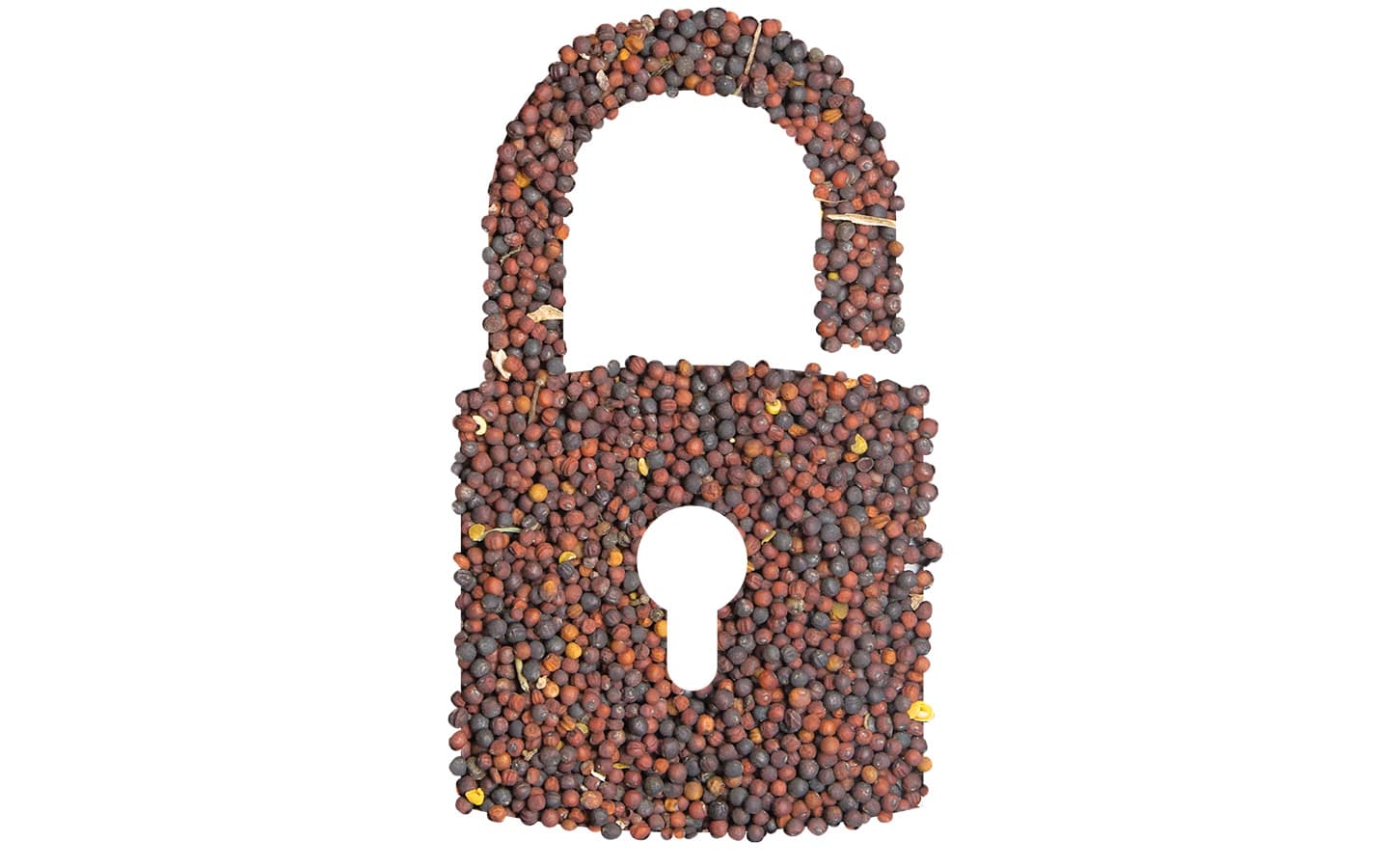Unpacking The Process To Assess Dockage
Dockage is among farmers’ top concerns when it’s time to sell their canola. While not a grading factor, the level of dockage significantly impacts what farmers can earn from their crop.
At licensed elevators and processing plants, the dockage in every truckload is assessed to determine the net weight of canola in the delivery. The more dockage in the load, the less canola it contains.
The bottom line: In a 40-tonne load of canola, every one percentage point of dockage will reduce the net weight of the delivery by 0.4 tonnes. When canola is selling at $500/tonne, every one per cent of dockage will reduce the value of a 40-tonne truckload by $200
The bottom line is this: In a 40-tonne load of canola, every one percentage point of dockage will reduce the net weight of the delivery by 0.4 tonnes. When canola is selling at $500 per tonne, every one per cent of dockage will reduce the value of a 40-tonne truckload by $200.
Similarly, dockage is an important concern of grain elevators and processors. Removing dockage and other foreign material from canola prior to processing is important to optimize oil extraction yields, maintain oil quality specifications such as colour and reduce wear on equipment.
Making sure dockage assessment is done properly is important for everyone in the canola value chain. Farmers have the right to watch this process when they deliver canola to licensed primary elevators. This right is set out in the Canada Grain Regulations.
The Canadian Grain Commission’s Official Grain Grading Guide outlines the process licensed facilities should follow when assessing the dockage in each farm delivery, as well as approved cleaning equipment to use.
Dockage basics
What exactly is dockage?
Basically, it’s material like stems and pods, straw, other grains, fine broken seed and weed seeds. The Canadian Grain Commission’s Official Grain Grading Guide defines dockage as the material that must be removed using approved cleaning equipment before a grade can be assigned.
What is conspicuous admixture?
Conspicuous admixture is material that can’t be easily cleaned from canola because it’s roughly the same size and shape as the seed. It might be weed seeds or foreign material such as sclerotia. It’s conspicuous… meaning that it can be easily distinguished from canola by the naked eye.
Conspicuous admixture matters because there are specific tolerances for the amount of material that can be present within each grade of canola. In No. 1 Canola, the grade tolerance for conspicuous admixture is one per cent.
How can I anticipate the dockage in my canola?
The Canadian Grain Commission offers a free, unofficial assessment of dockage, grade and other quality attributes though the Harvest Sample Program. Samples are accepted through harvest until December 31, 2017. You can find out more at grainscanada.gc.ca.
5 steps to assess dockage
The most common steps included in the dockage assessment process are briefly described below:
- Collecting the sample: The elevator operator takes a representative sample of canola from the truck and divides it into a smaller working sample. The working sample is weighed before it is cleaned.
- Passing the sample over sieves: The working sample is passed over two sieves – one with round holes and one with slots. When the sample is sifted over the round-hole sieve, the canola drops through the holes and the large dockage material stays on top. When the sample is sifted over the slotted sieve, the canola stays on top and the smaller dockage drops through to the pan.Choosing the correct sieve sizes is a key part of the dockage assessment process. When selecting sieves, the goal is to remove enough conspicuous admixture so that the grade tolerance can be met, while also minimizing the loss of reasonably sound canola. Choosing sieve sizes that will produce this result requires care and attention by the person doing the assessment.
- Aspirating the sample: Once the sample has been sieved, more dockage is removed through aspiration using the Carter Day Dockage Tester.
- Assessing conspicuous admixture: The aspirated sample is then assessed for conspicuous admixture – the material that can’t be easily cleaned from canola because it’s roughly the same size and shape as the seed. A small portion is divided from the cleaned sample from which the conspicuous material is hand-picked out, weighed and a percentage calculated.
- Calculating the dockage and net weight of canola: The dockage removed by sieving, aspiration and hand picking is weighed and compared to the pre-cleaning weight of the working sample. This ultimately determines the total percentage of dockage and the final net weight of the canola delivery.
If you have concerns about the assessment done at the time of delivery to a licensed elevator, you can seek a binding assessment from the Canadian Grain Commission. This option is called “Subject to Inspector’s Grade and Dockage.”
Want to learn more?
Canadian Canola Growers Association (CCGA) has compiled a variety of grower resources focused on dockage, including a two-part video series. These resources address the most common grower questions: Is small seed considered dockage? What about green or damaged seed? What can growers do to manage dockage?
To find the answers, visit ccga.ca.





